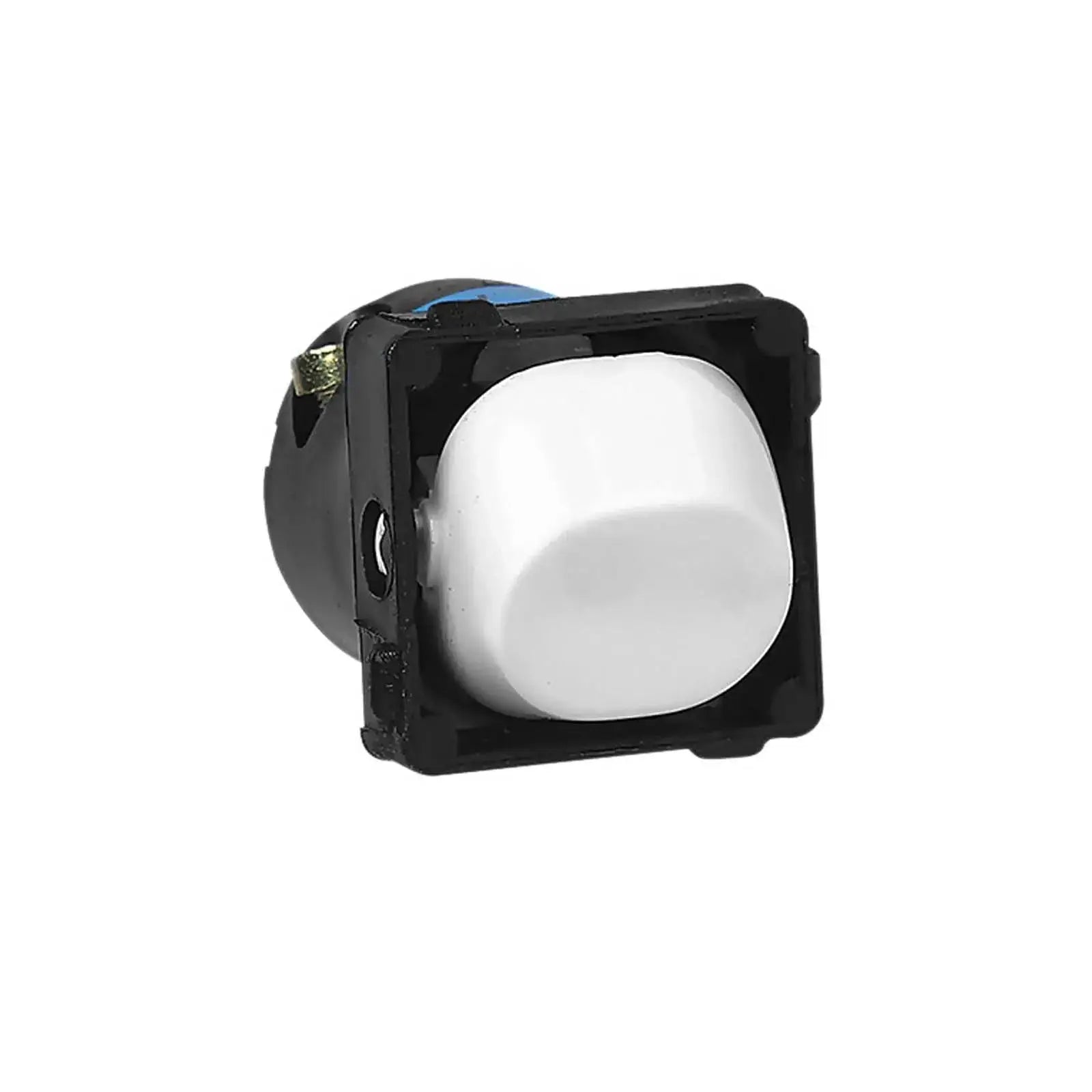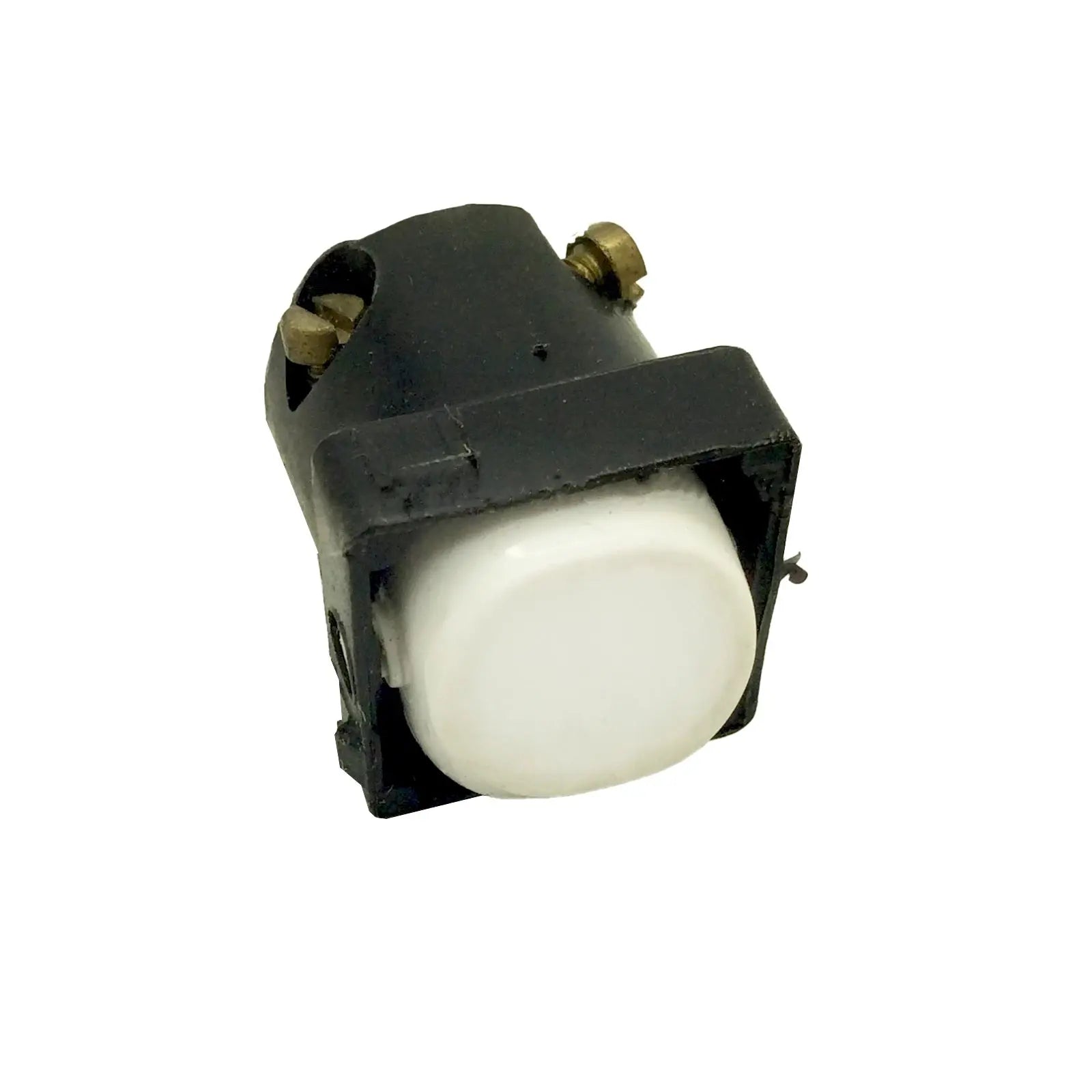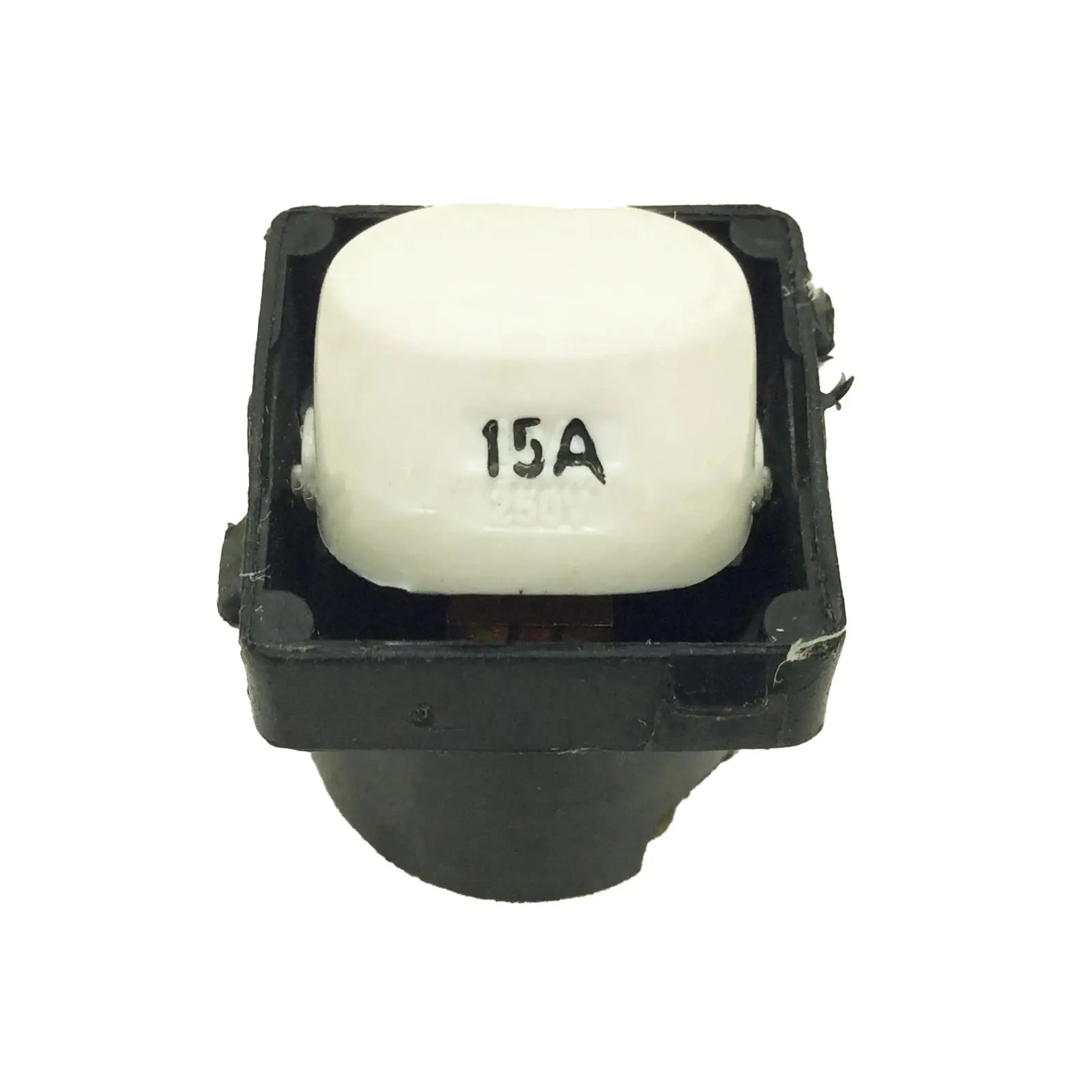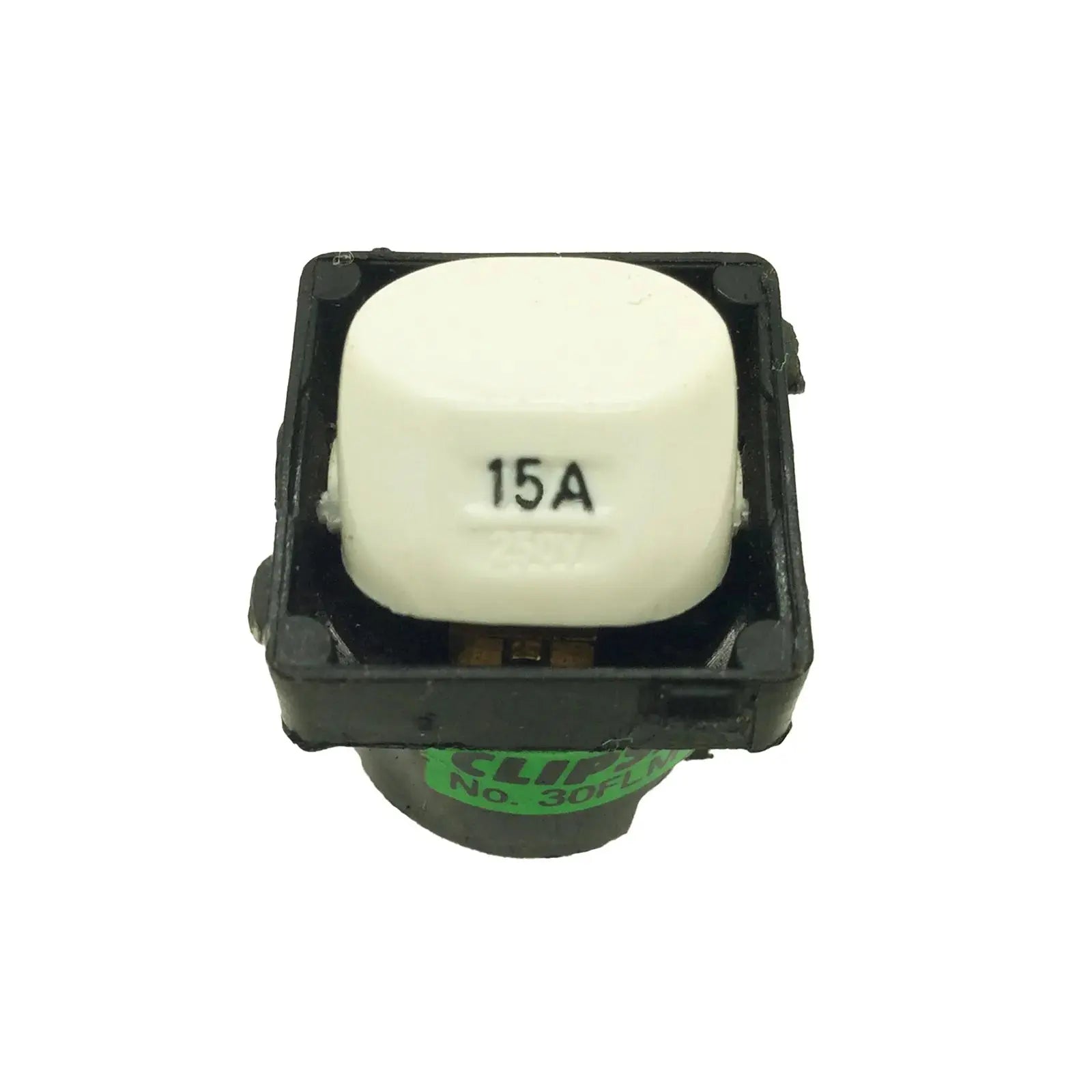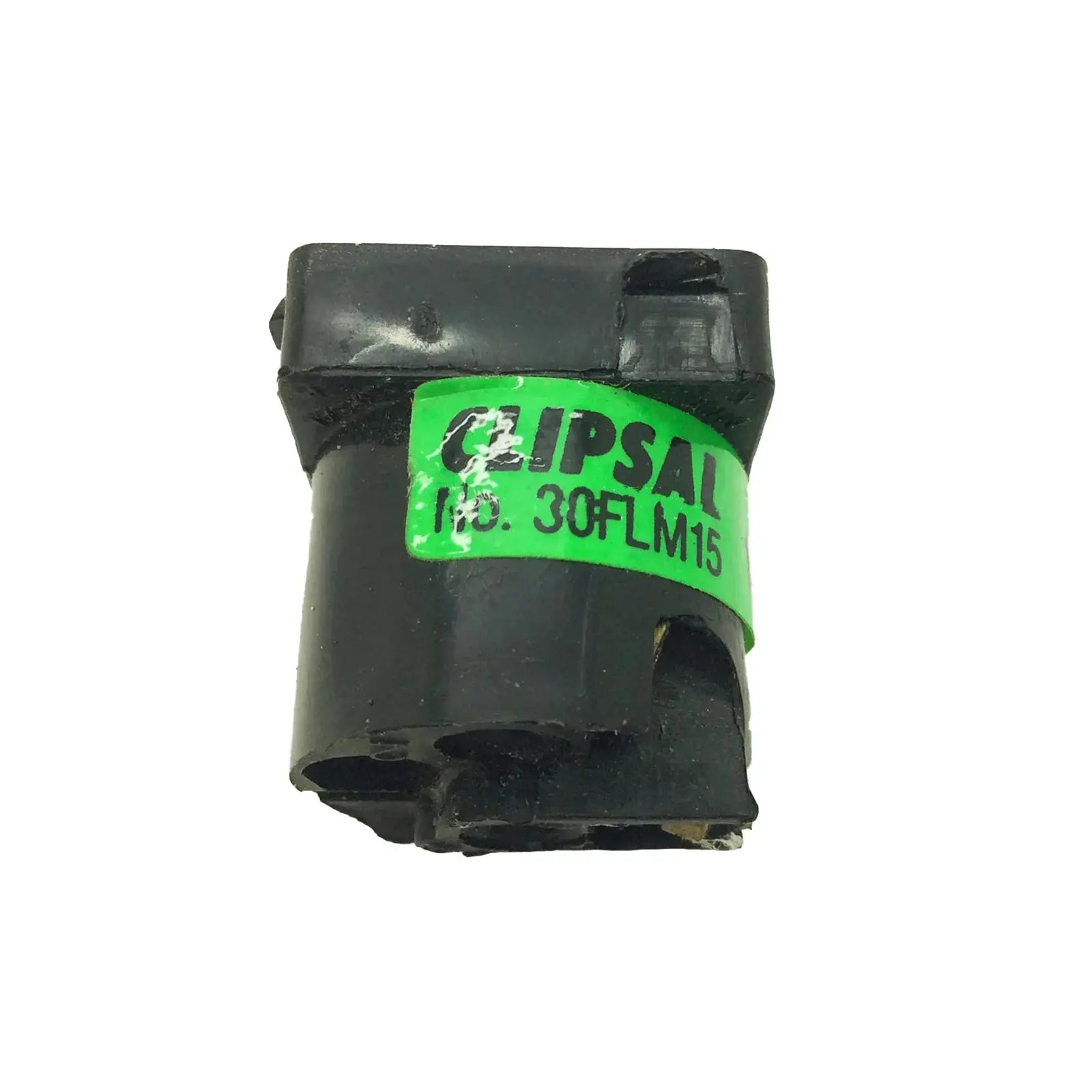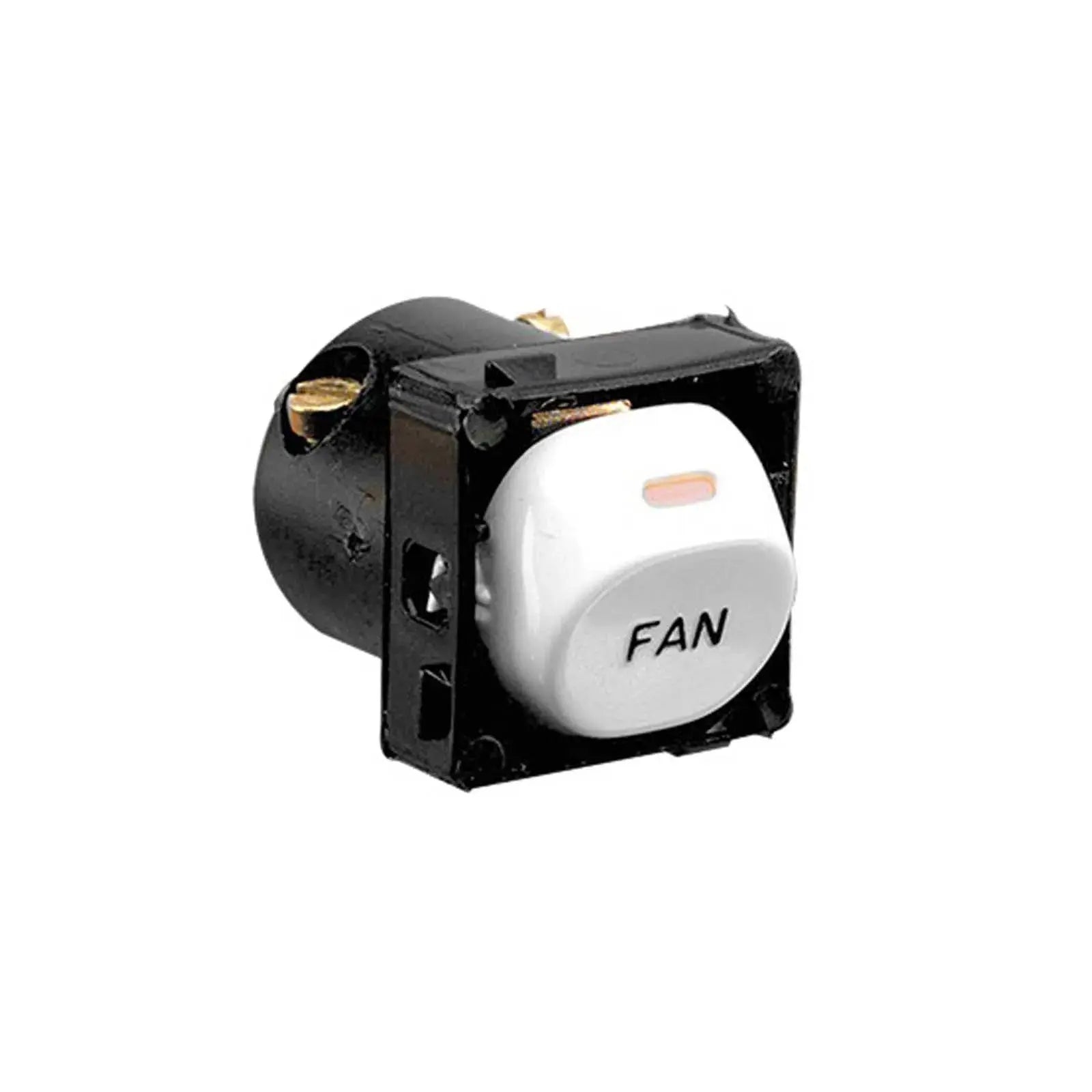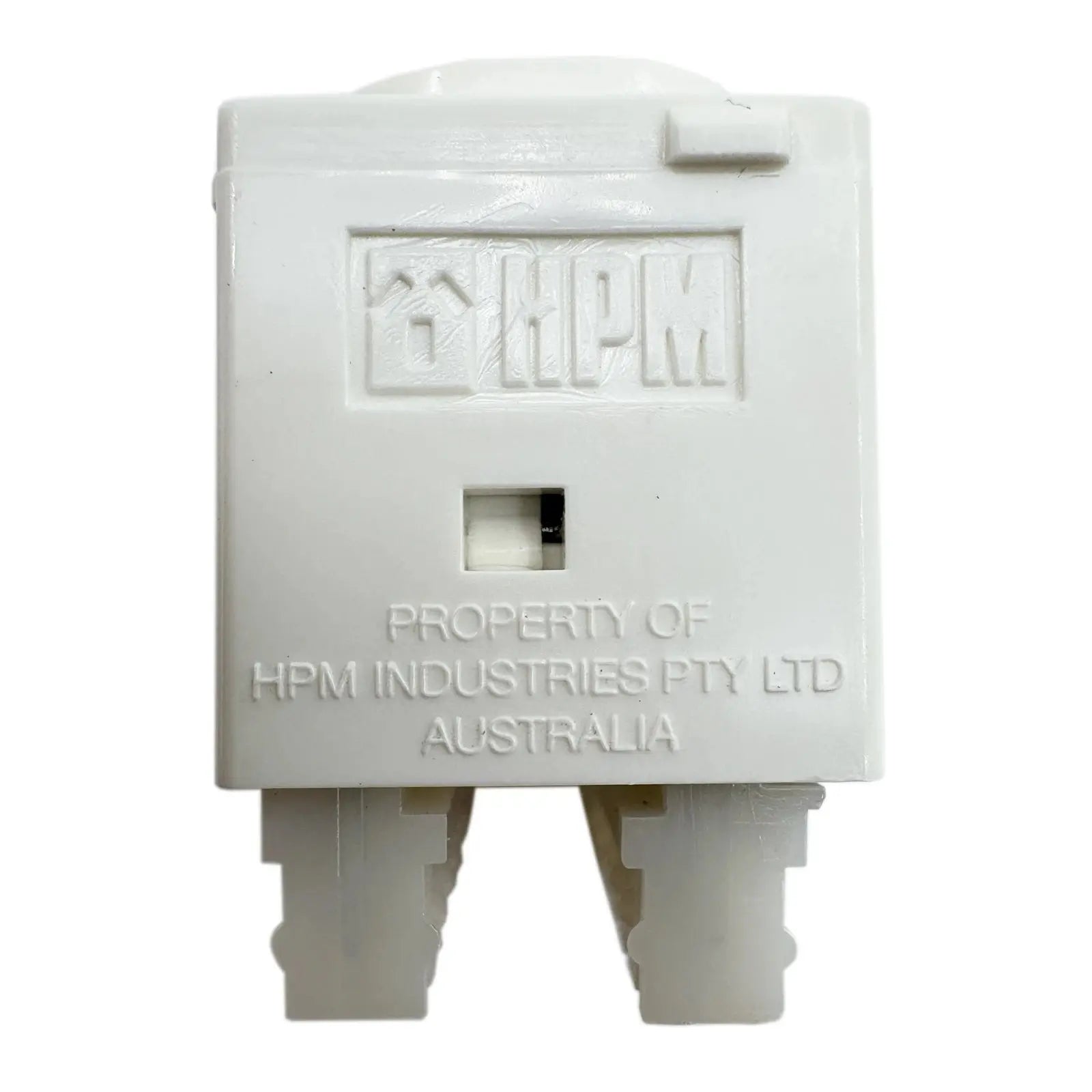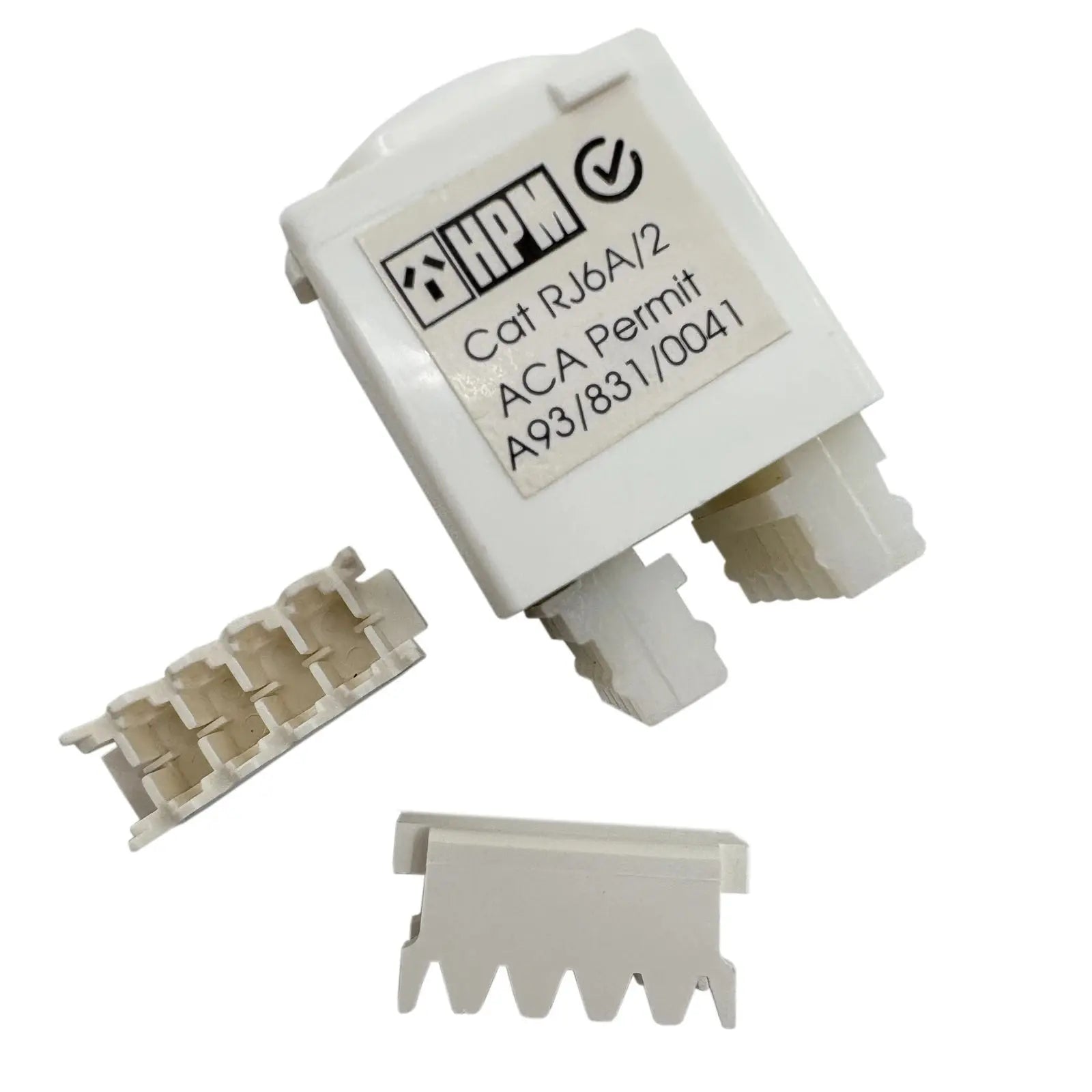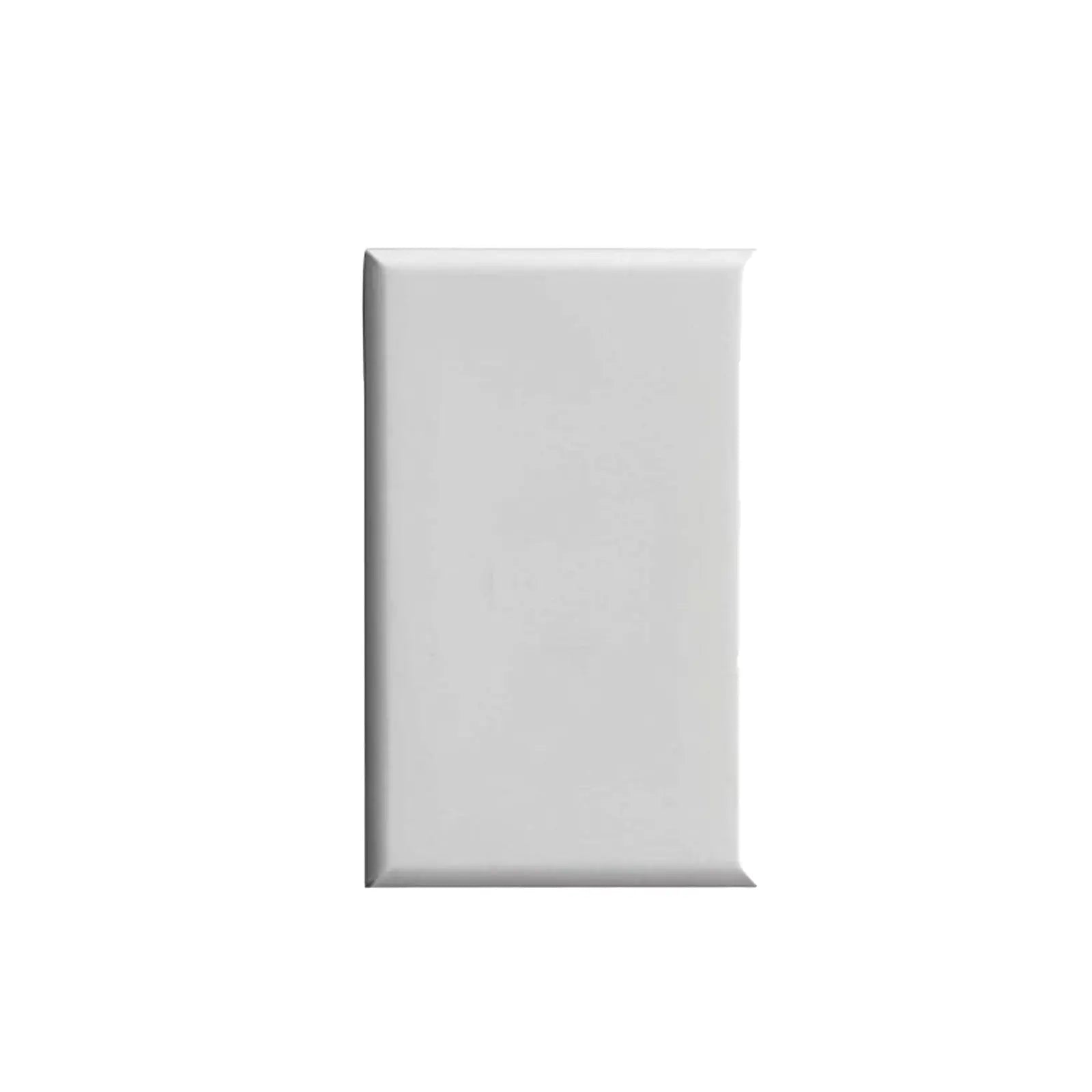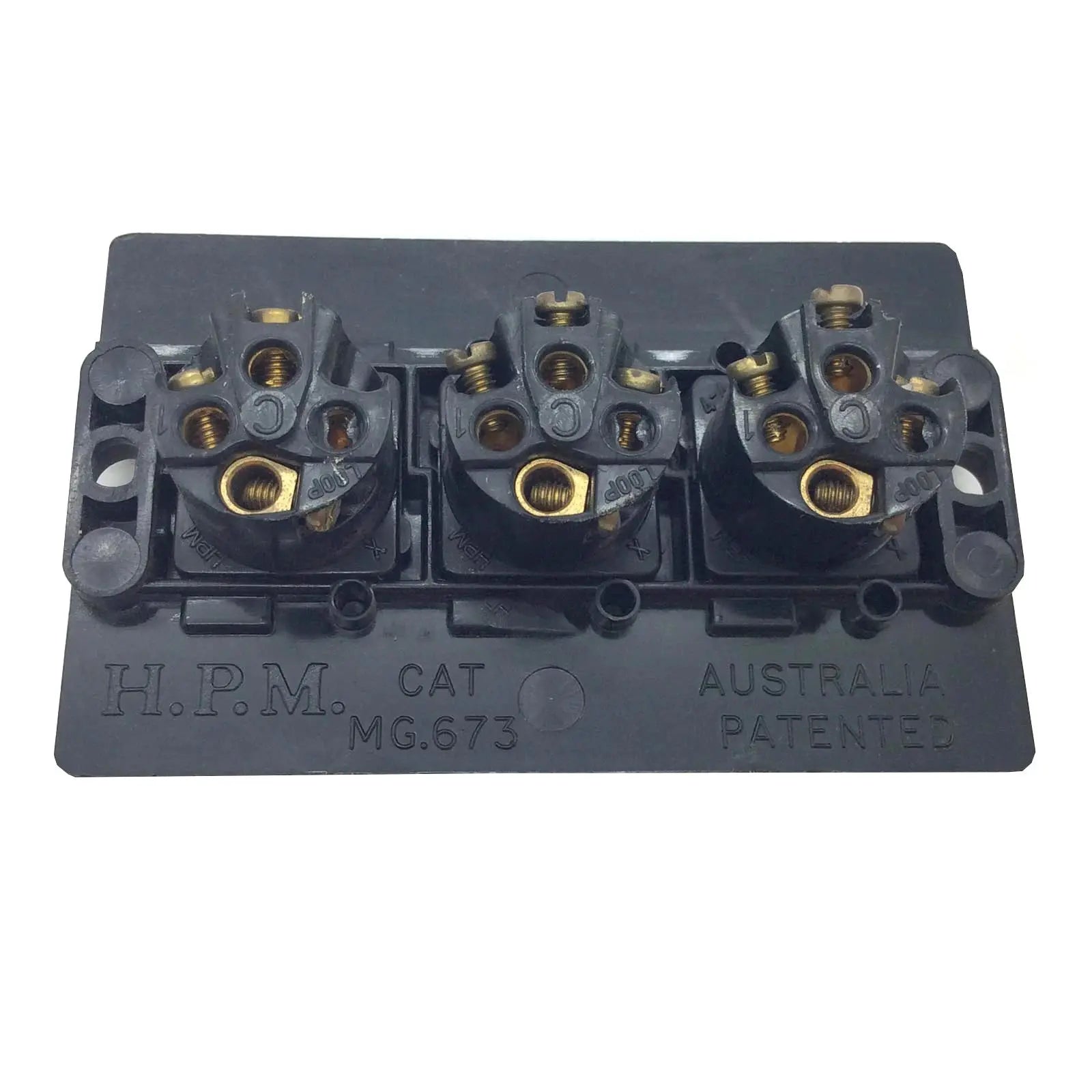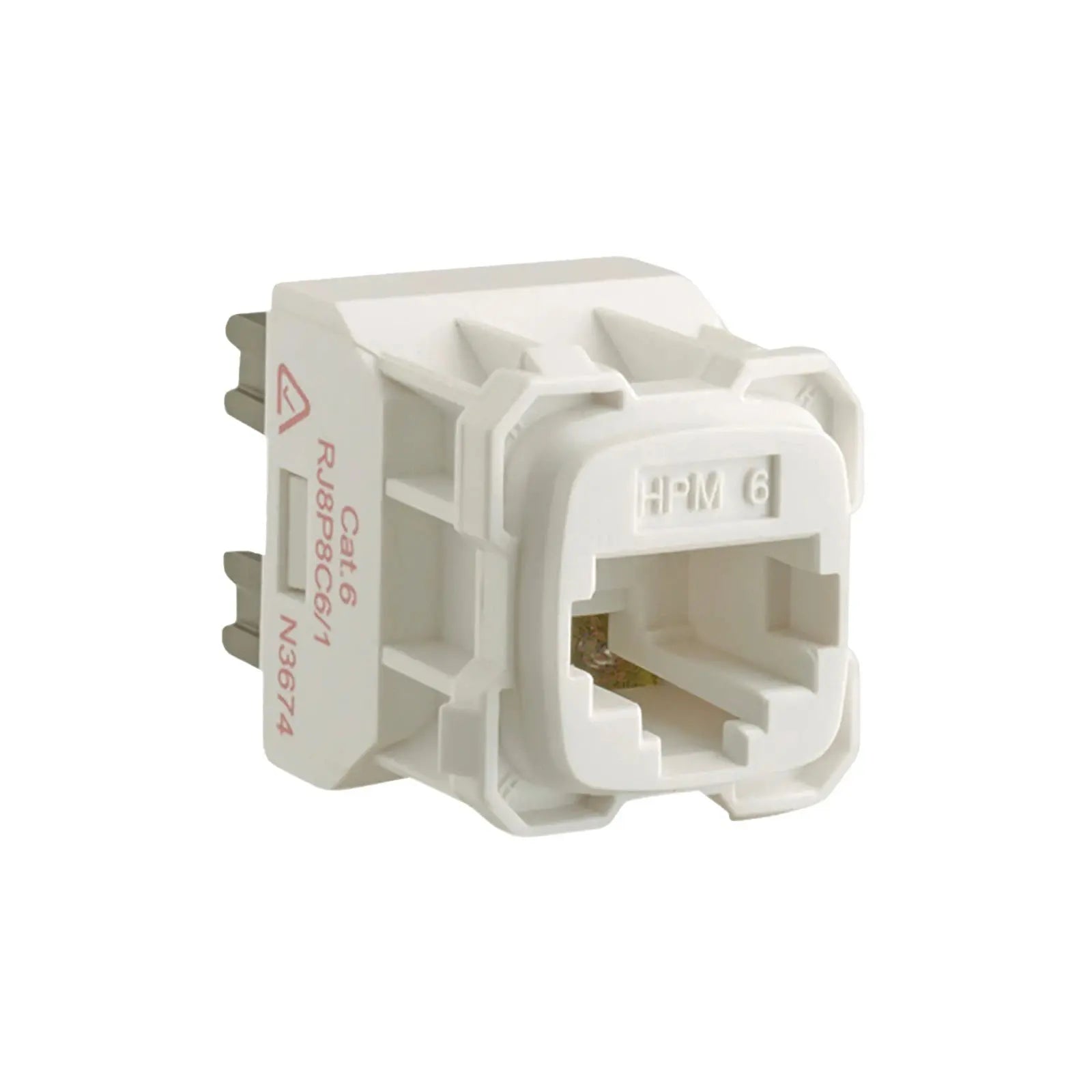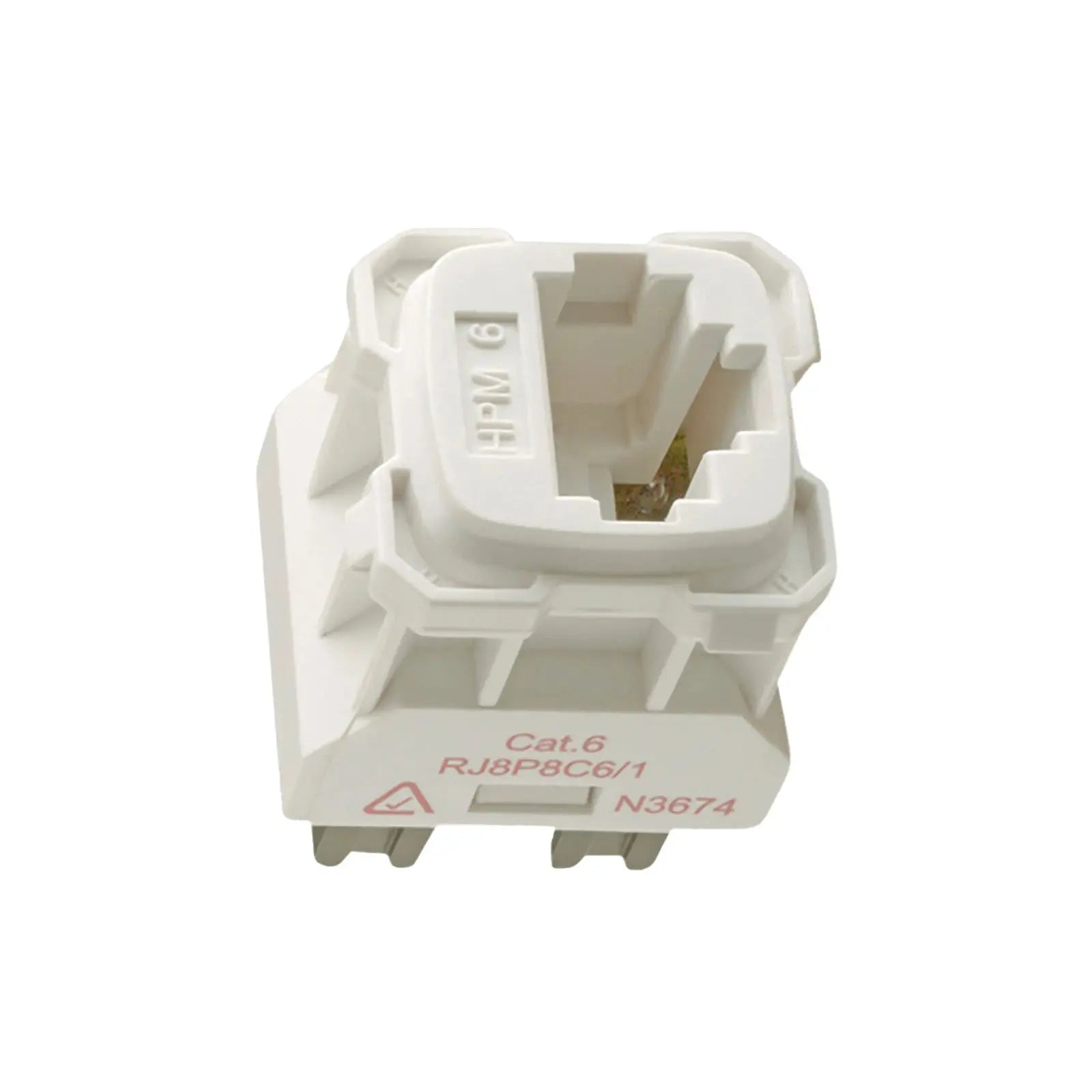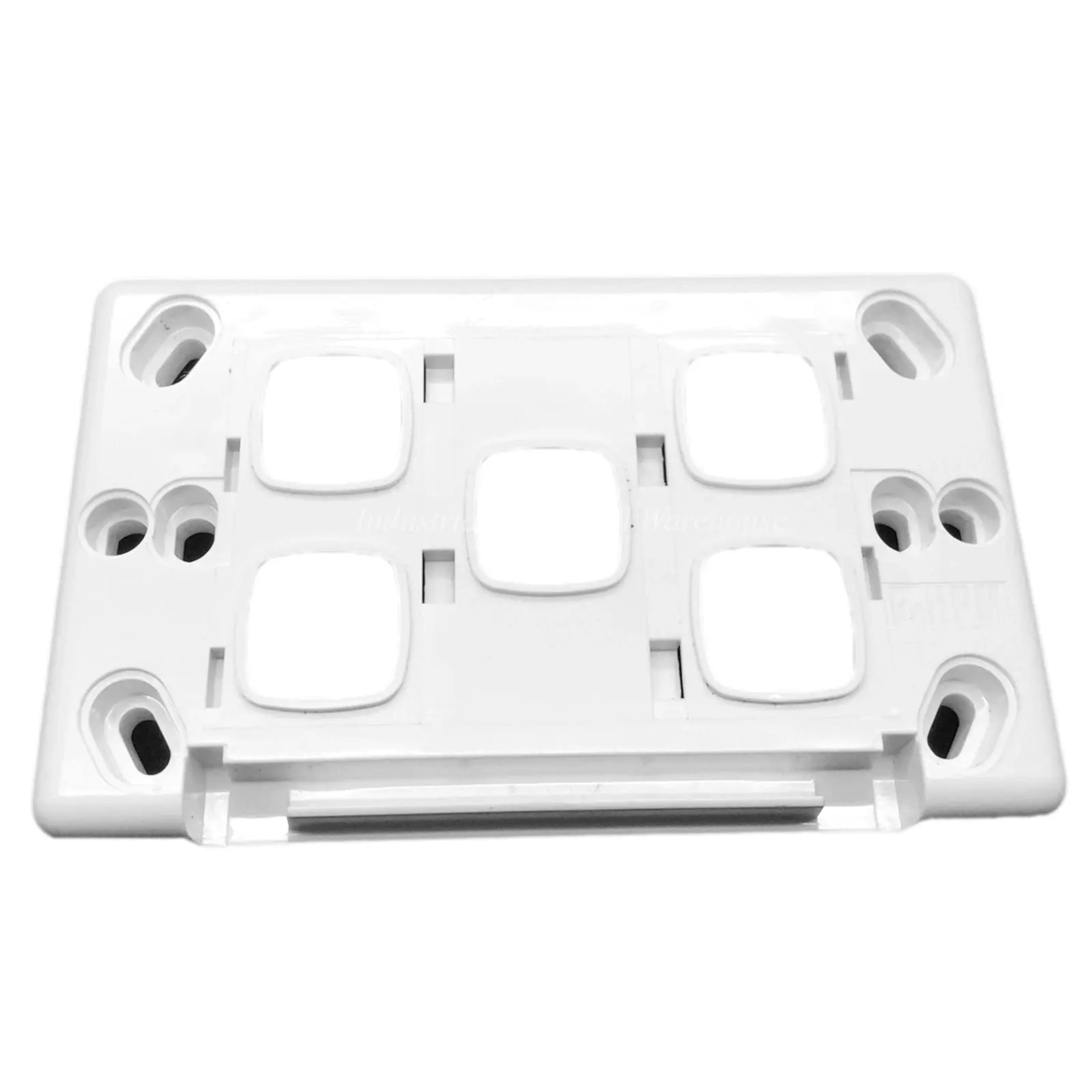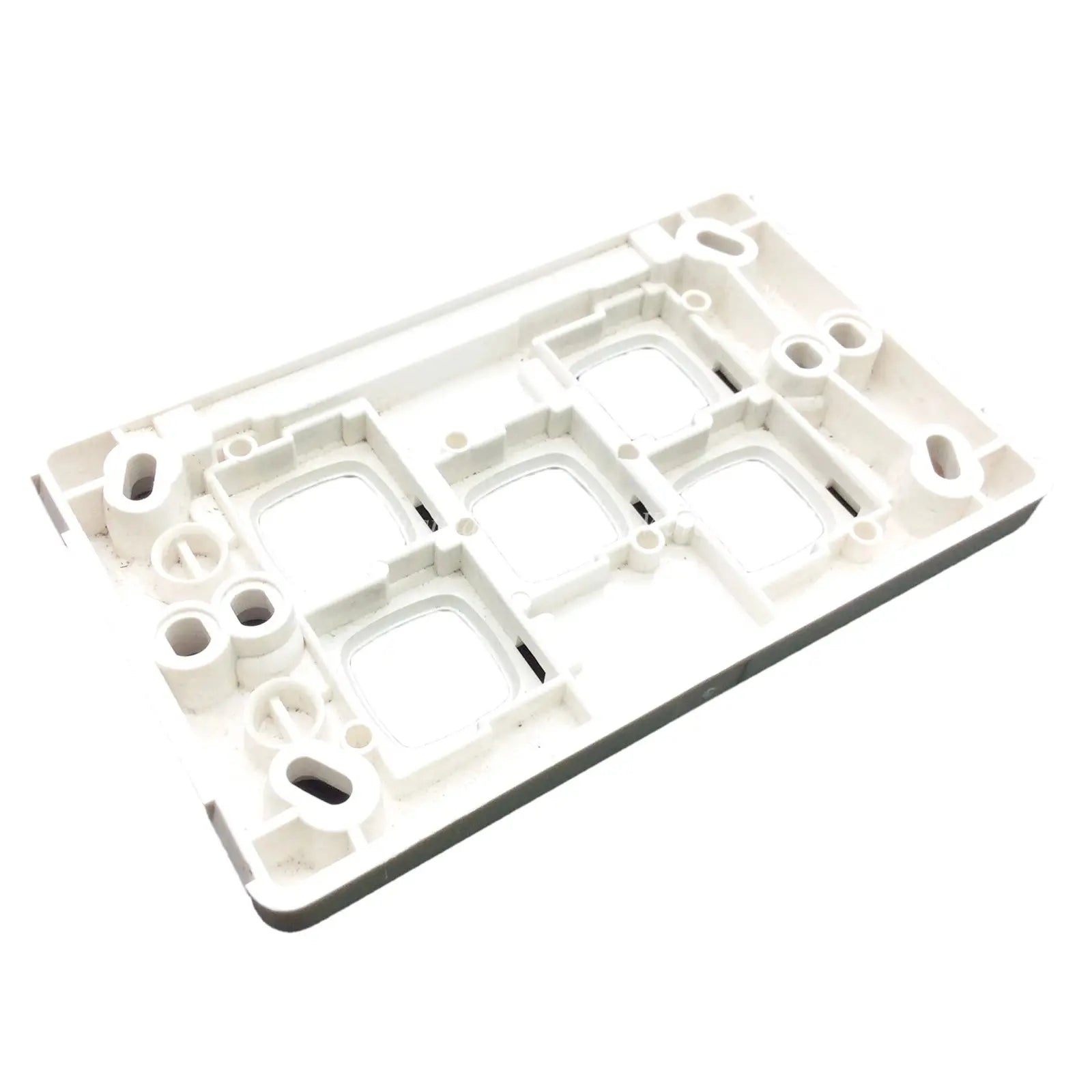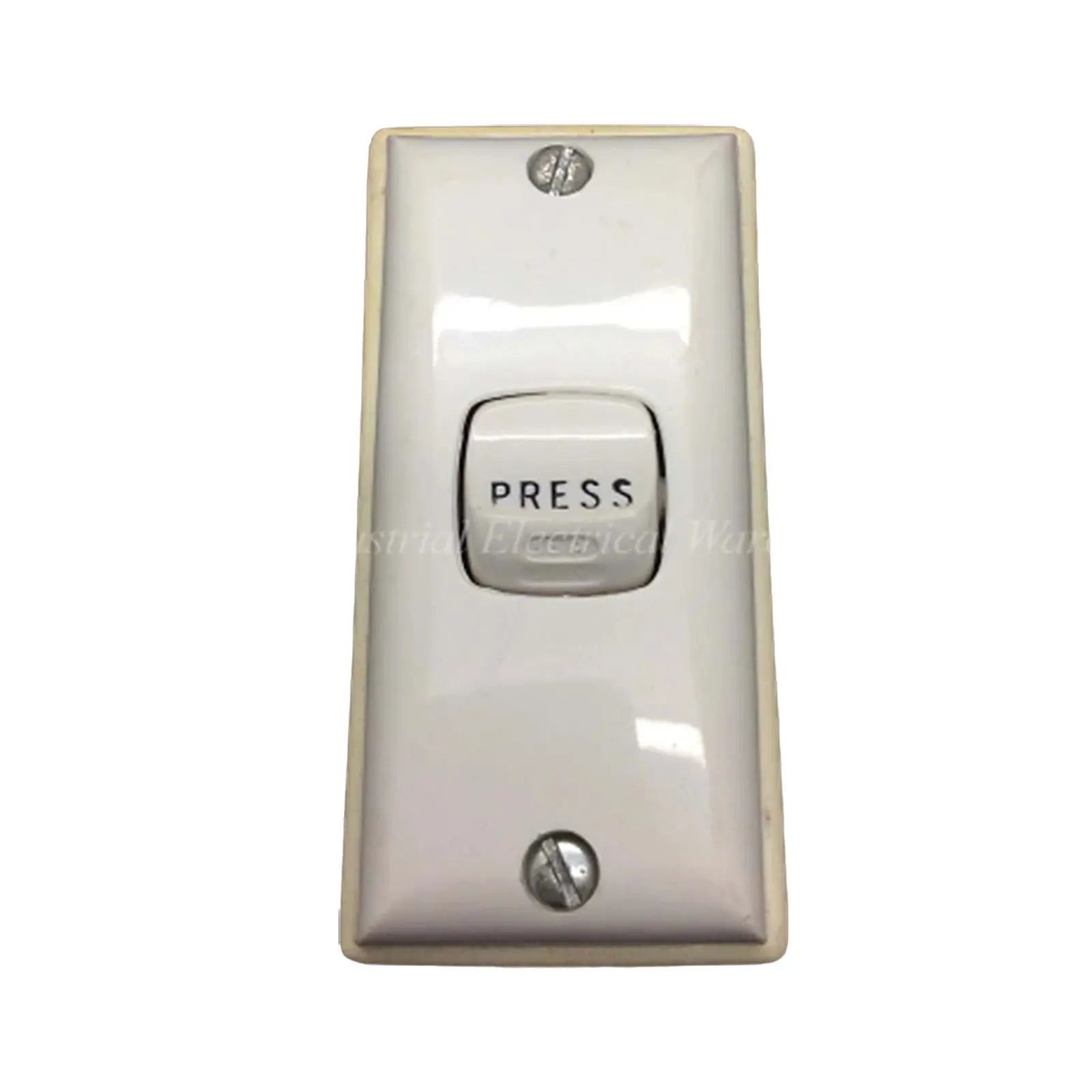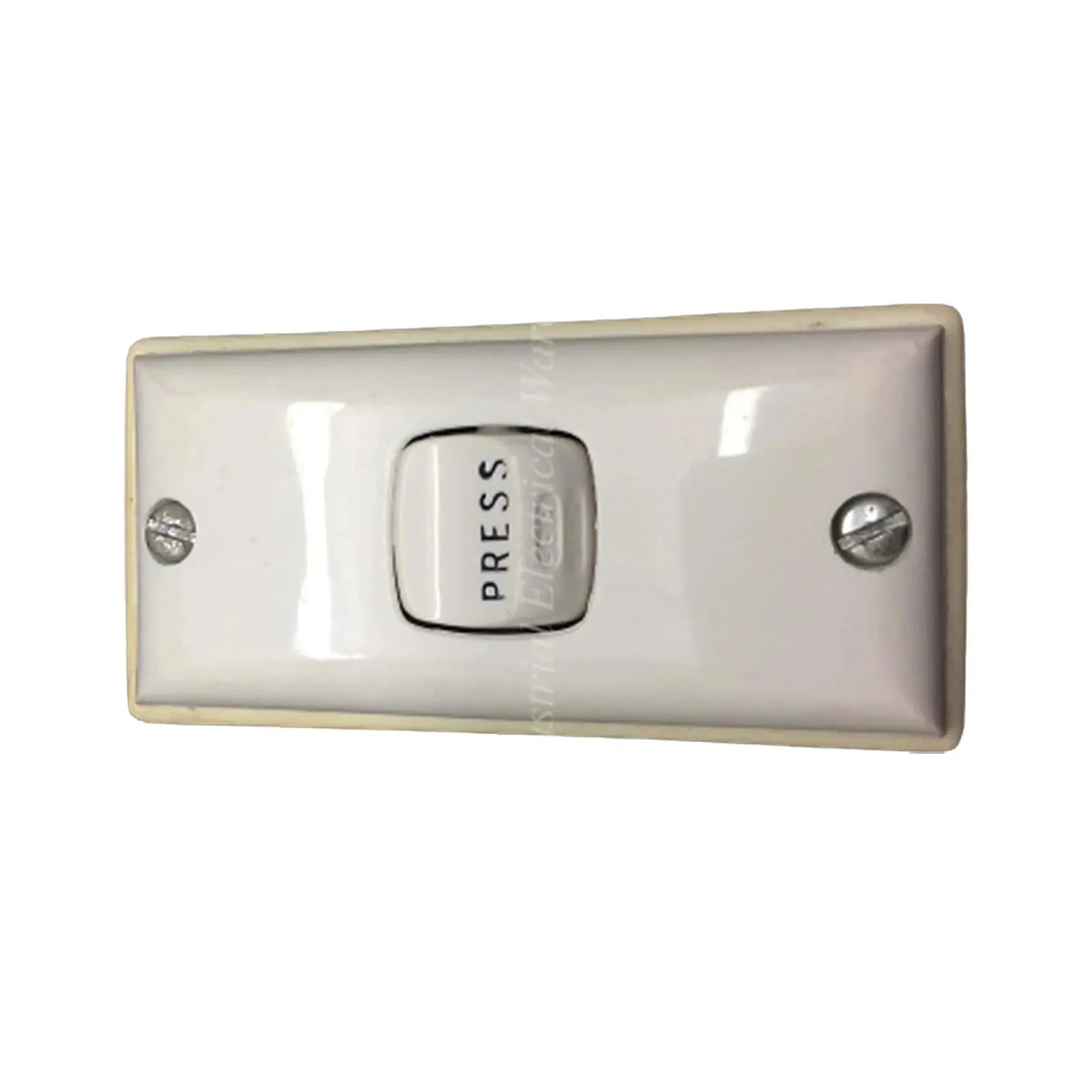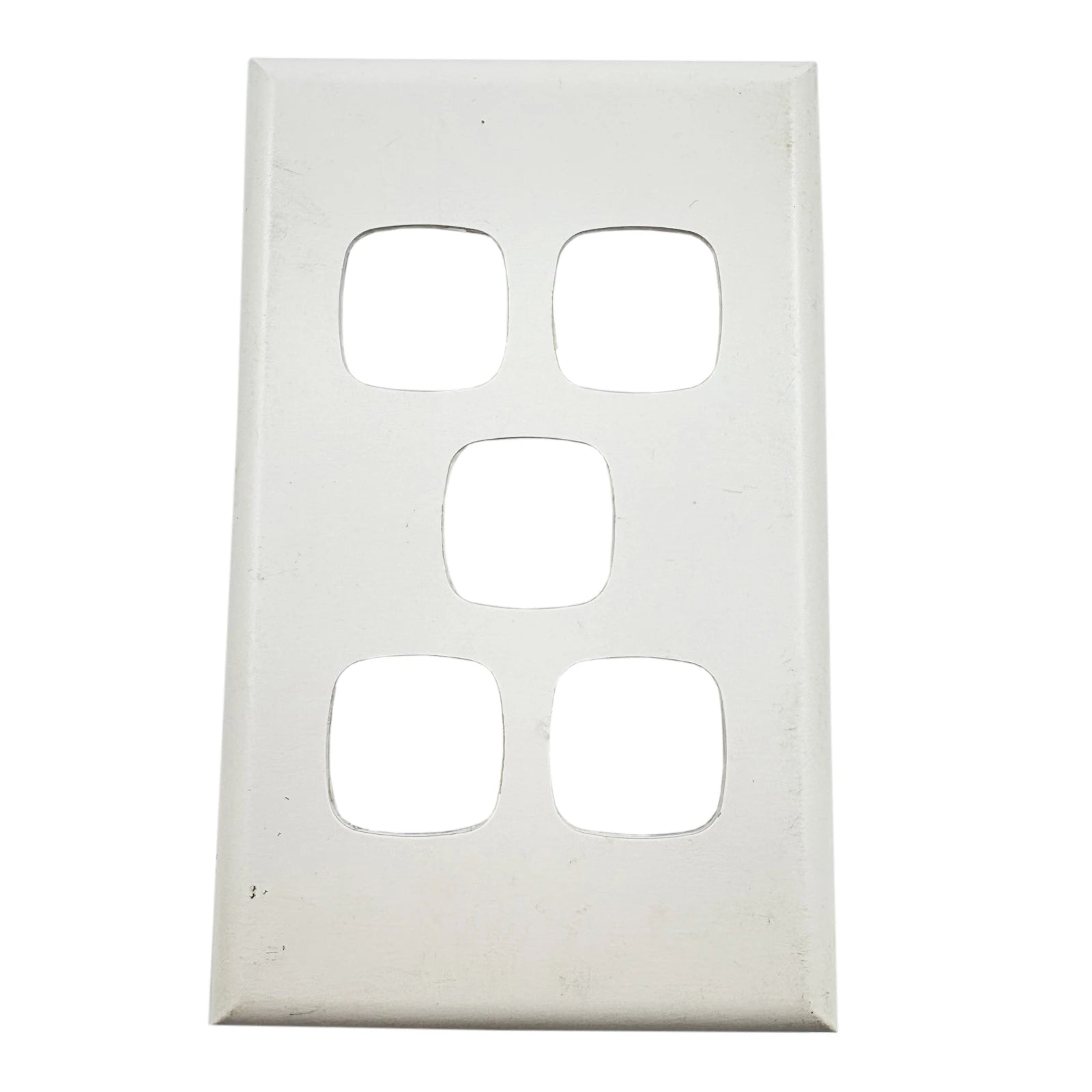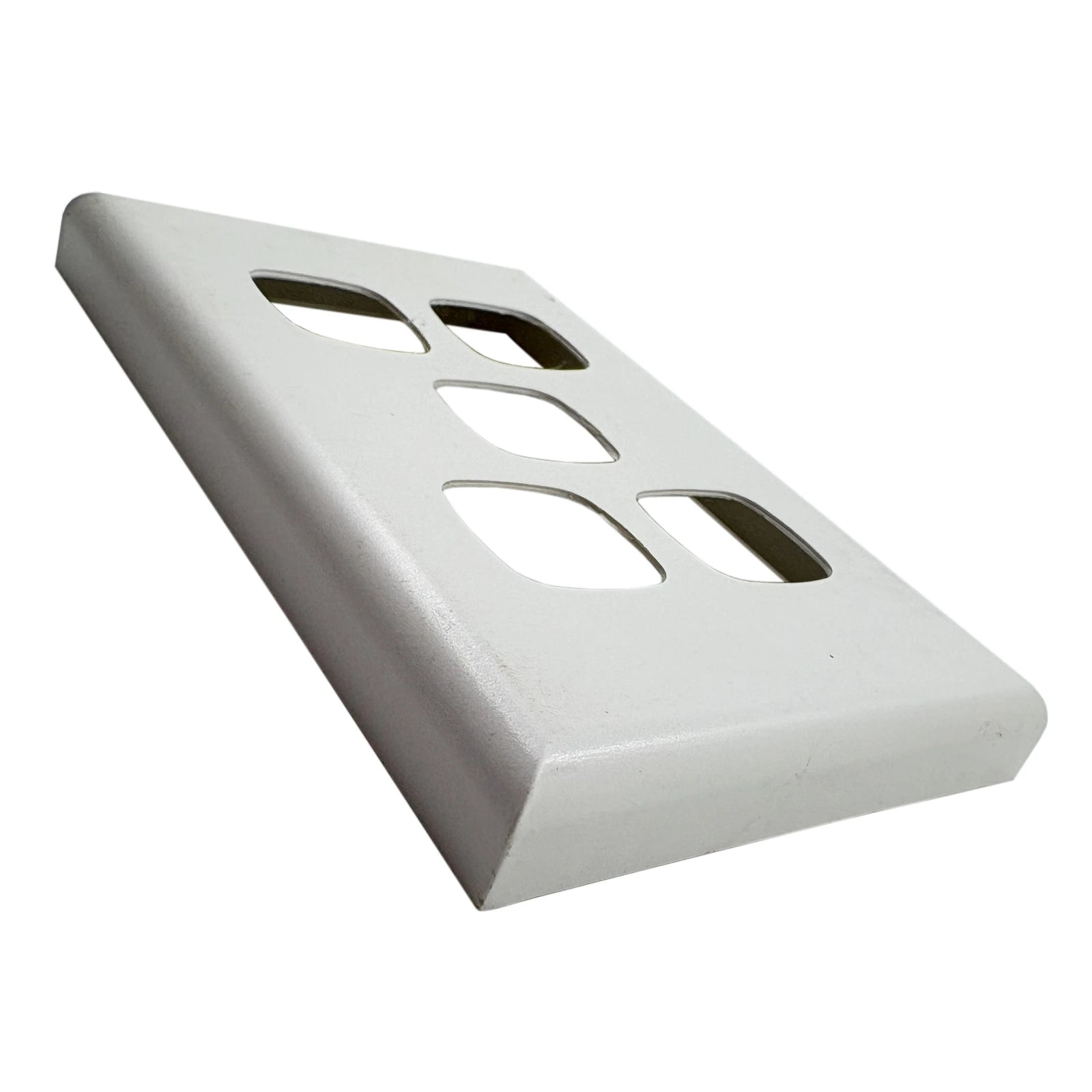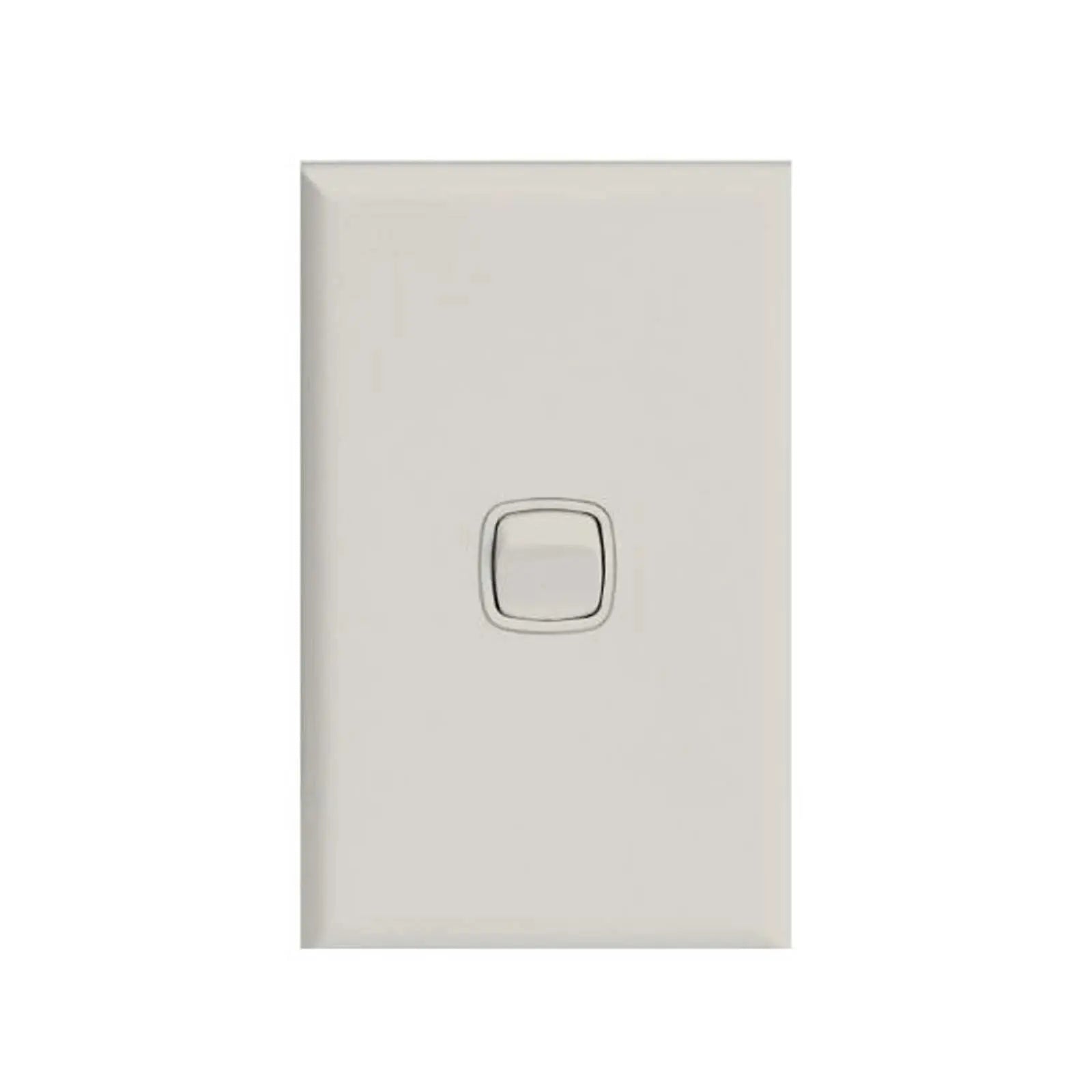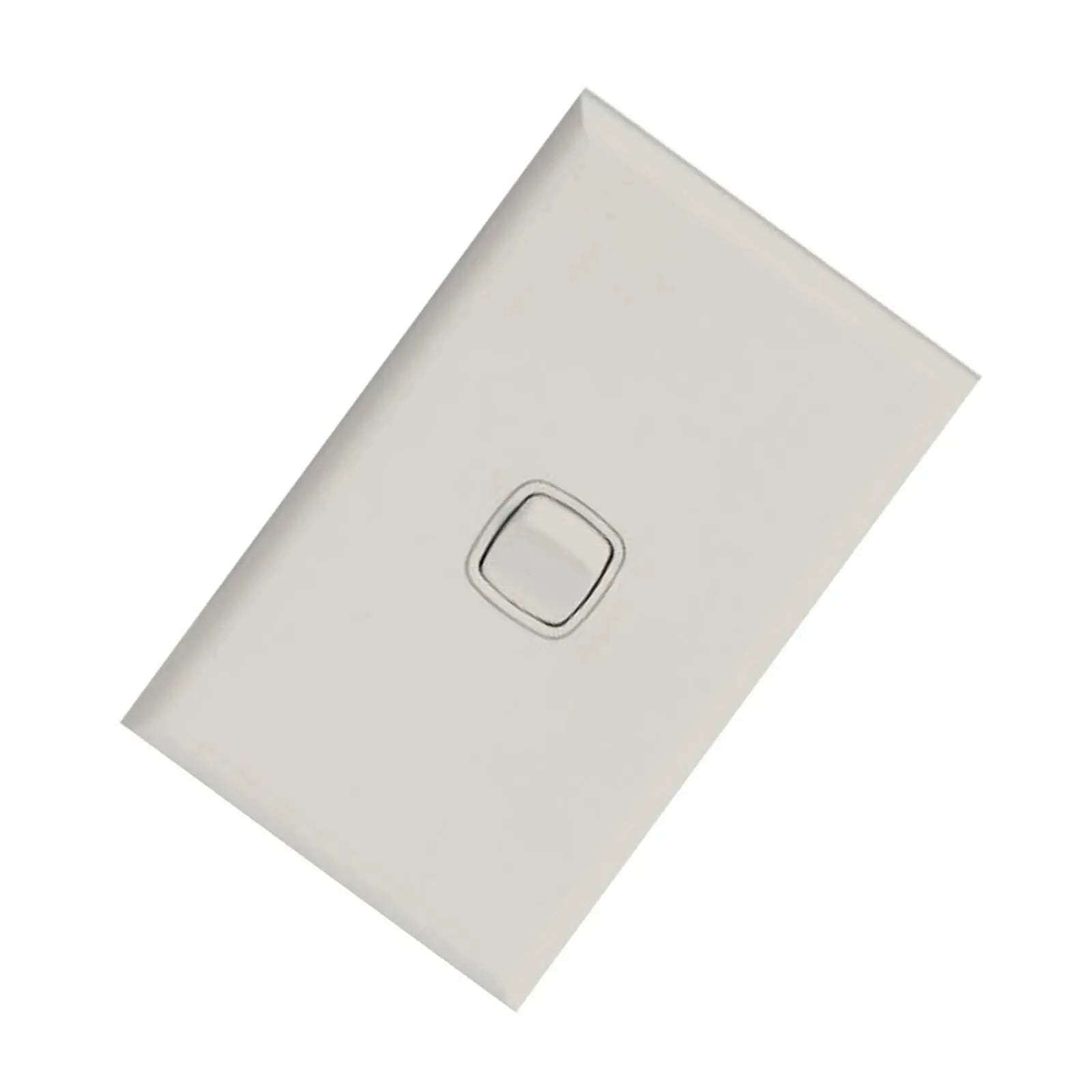Mecanismo de conmutación: componentes esenciales para la conmutación eléctrica
La conmutación eléctrica es fundamental en nuestra vida diaria, ya que nos permite controlar el flujo eléctrico en diversos dispositivos y sistemas. Ya sea encender una luz, operar un electrodoméstico o gestionar procesos industriales complejos, los interruptores son fundamentales para estas operaciones. En este artículo, profundizaremos en los componentes esenciales de un mecanismo de conmutación, explorando sus fundamentos, su anatomía, la ciencia que los sustenta, las medidas de seguridad y las innovaciones en su diseño.
Comprensión de los conceptos básicos de la conmutación eléctrica
Antes de profundizar en los detalles, aclaremos la función de los interruptores en los circuitos eléctricos. En resumen, los interruptores son dispositivos que abren o cierran un circuito eléctrico, permitiendo o interrumpiendo el flujo de electricidad. Al encender o apagar un interruptor, podemos controlar si la electricidad puede pasar por el circuito y alimentar los dispositivos conectados.
Existen varios tipos de interruptores eléctricos, cada uno con funciones específicas. Analicémoslos con más detalle.
El papel de los interruptores en los circuitos eléctricos
Los interruptores desempeñan un papel vital en los circuitos eléctricos. Permiten controlar el flujo de electricidad hacia los diferentes componentes o dispositivos del circuito. Por ejemplo, en un circuito de iluminación, un interruptor permite encender o apagar las luces a voluntad. En sistemas más complejos, los interruptores se utilizan para controlar motores, solenoides, relés y otros dispositivos electromecánicos.
Imagine que entra en una habitación y quiere encender las luces. Sin un interruptor, tendría que conectar y desconectar cables manualmente para controlar el flujo de electricidad a las bombillas. Esto no solo sería incómodo, sino también potencialmente peligroso. Los interruptores simplifican este proceso al proporcionar una forma segura y eficiente de controlar el flujo de electricidad con solo accionar una palanca, presionar un botón o girar un mecanismo.
Tipos de interruptores eléctricos
Los interruptores eléctricos vienen en varios formatos, cada uno diseñado para aplicaciones específicas. Exploremos algunos de los tipos más comunes:
Interruptores de palanca: Estos interruptores tienen una palanca que se puede mover hacia arriba o hacia abajo para abrir o cerrar el circuito. Se usan comúnmente en aplicaciones domésticas, como luces y ventiladores.
Interruptores de pulsador: Como su nombre indica, estos interruptores se activan al presionar un botón. Suelen tener una acción momentánea, lo que significa que vuelven a su estado original al soltar el botón.
Interruptores basculantes: Los interruptores basculantes tienen un mecanismo similar a un balancín que se puede mover hacia adelante y hacia atrás para abrir o cerrar el circuito. Se encuentran comúnmente en dispositivos y electrodomésticos electrónicos.
Interruptores rotatorios: Estos interruptores tienen un mecanismo giratorio que permite múltiples posiciones. Se utilizan a menudo para seleccionar diferentes opciones o conmutar entre distintos circuitos.
Cada tipo de interruptor tiene sus propias ventajas y aplicaciones. Por ejemplo, los interruptores de palanca son fáciles de usar y proporcionan una indicación clara de su estado, mientras que los interruptores pulsadores se usan comúnmente en aplicaciones que requieren un control momentáneo, como timbres o teclados. Los interruptores basculantes, con su funcionamiento suave e intuitivo, se utilizan a menudo en electrónica de consumo, y los interruptores rotativos son ideales para aplicaciones donde se requieren múltiples opciones.
Ahora que entendemos los conceptos básicos de la conmutación eléctrica y los diferentes tipos de interruptores, exploremos los componentes clave que forman un mecanismo de conmutación.
En el corazón de cada interruptor se encuentra un mecanismo de contacto. Este mecanismo consiste en contactos metálicos que entran en contacto entre sí cuando el interruptor está cerrado, permitiendo que la electricidad fluya por el circuito. Cuando el interruptor está abierto, los contactos se separan, interrumpiendo el flujo eléctrico. El diseño y los materiales utilizados para estos contactos varían según el tipo de interruptor y su aplicación prevista.
La anatomía de un mecanismo de conmutación
Componentes clave de un mecanismo de conmutación
Un mecanismo de conmutación consta de varios componentes esenciales que trabajan en conjunto para permitir la conmutación eléctrica. Analicemos cada componente con más detalle:
Contactos: Los contactos son los elementos conductores que se unen o separan al accionar un interruptor. Permiten o interrumpen el flujo de electricidad en el circuito.
Actuador: El actuador es la parte del interruptor con la que interactuamos para operarlo. Puede ser un botón, una palanca, un balancín o cualquier otro mecanismo que inicie la acción de conmutación.
Terminales: Los terminales son los puntos de un interruptor donde se realizan las conexiones eléctricas. Los cables u otros elementos conductores se conectan a los terminales para completar el circuito.
Carcasa: La carcasa o gabinete proporciona soporte físico y protección a los componentes internos del interruptor. Garantiza un montaje seguro del interruptor y lo protege de elementos externos.
Cómo funcionan juntas las diferentes partes
Ahora que conocemos los componentes clave de un mecanismo de conmutación, exploremos cómo estas partes funcionan juntas para permitir la conmutación eléctrica.
Al activarse el actuador, los contactos se juntan o se separan. En posición cerrada, permiten el flujo de corriente eléctrica por el circuito. Por el contrario, en posición abierta, interrumpen el flujo de corriente, apagando así los dispositivos conectados.
Los terminales proporcionan los puntos de conexión para los elementos conductores, permitiendo el flujo de corriente hacia el interruptor y a los dispositivos conectados. La carcasa, por otro lado, garantiza la estabilidad y la longevidad del interruptor al proporcionar una carcasa protectora.
¿Te has preguntado alguna vez cómo se fabrican y ensamblan estos componentes? ¡Adentrémonos en el fascinante mundo de la producción de interruptores!
La creación de contactos de interruptores implica ingeniería de precisión. Los fabricantes utilizan maquinaria especializada para moldear materiales conductores, como el cobre o la plata, en la forma deseada. Estos contactos se inspeccionan cuidadosamente para garantizar su calidad y fiabilidad.
El actuador se somete a un meticuloso diseño y pruebas. Los ingenieros consideran factores como la ergonomía, la durabilidad y la experiencia del usuario para crear un actuador que no solo sea funcional, sino también cómodo de usar. Se realizan pruebas exhaustivas para garantizar que el actuador resista el uso repetido sin ninguna degradación de su rendimiento.
En cuanto a terminales, los fabricantes emplean técnicas avanzadas para garantizar conexiones eléctricas seguras y eficientes. Estas técnicas incluyen la soldadura, el crimpado o el uso de conectores especializados para establecer conexiones fiables que soporten altas corrientes o niveles de tensión.
Por último, la carcasa está diseñada para ofrecer protección y un atractivo estético. Los fabricantes utilizan diversos materiales, como plástico, metal o incluso vidrio, para crear carcasas duraderas, resistentes a las inclemencias del tiempo y visualmente atractivas. La carcasa se somete a rigurosas pruebas para garantizar su resistencia a las condiciones más adversas y mantener su integridad a lo largo del tiempo.
Ahora que comprendemos bien la anatomía y la funcionalidad del mecanismo de conmutación, profundicemos en la ciencia que sustenta la conmutación eléctrica. Comprender los principios y las teorías que la sustentan nos permitirá comprender mejor la extraordinaria tecnología que impulsa nuestros dispositivos cotidianos.
La ciencia detrás de la conmutación eléctrica
La física de los mecanismos de conmutación
La conmutación eléctrica se rige por las leyes de la física, específicamente las relativas a los circuitos eléctricos y el electromagnetismo. Cuando los contactos de un interruptor se abren o se cierran, se generan cambios en el potencial eléctrico y el flujo de corriente en el circuito.
Por ejemplo, cuando un interruptor está cerrado, los contactos proporcionan una ruta de baja resistencia para el flujo de corriente, lo que permite que los dispositivos conectados reciban energía. Por el contrario, cuando el interruptor está abierto, la resistencia en el circuito aumenta, interrumpiendo el flujo de corriente y apagando los dispositivos.
El comportamiento de los interruptores se puede comprender mejor mediante conceptos como la Ley de Ohm, que relaciona el voltaje, la corriente y la resistencia en un circuito. Comprender estos principios es vital para el diseño y la resolución de problemas de sistemas eléctricos.
Principios eléctricos en la conmutación
Además de la física que subyace a los mecanismos de los interruptores, intervienen varios principios eléctricos. Estos principios influyen en el comportamiento de los interruptores y contribuyen a garantizar su funcionamiento seguro y fiable.
Uno de estos principios es el requisito de un aislamiento adecuado en los interruptores. Los materiales aislantes se utilizan para evitar descargas eléctricas accidentales y contener la corriente eléctrica dentro del circuito previsto. Sin aislamiento, los interruptores podrían representar graves riesgos de seguridad.
Otro principio eléctrico crucial es la protección contra sobrecargas. Los mecanismos de conmutación están diseñados para manejar niveles específicos de corriente eléctrica. Si la corriente excede la capacidad del interruptor, se activan mecanismos de protección contra sobrecargas para evitar daños, como fusibles o disyuntores que interrumpen el flujo de corriente.
Medidas de seguridad en la conmutación eléctrica
Importancia del aislamiento en los interruptores
El aislamiento es crucial para garantizar la seguridad de los interruptores eléctricos. Un aislamiento adecuado previene el riesgo de descargas eléctricas e incendios al contener la corriente eléctrica dentro del circuito correspondiente.
Los interruptores suelen estar fabricados con materiales no conductores, como plástico o cerámica, para proporcionar aislamiento. Además, los terminales están diseñados para minimizar el riesgo de contacto eléctrico accidental, garantizando así la seguridad del usuario.
Protección contra sobrecargas en mecanismos de conmutación
La protección contra sobrecargas es otra medida de seguridad esencial en los mecanismos de conmutación. Los sistemas eléctricos pueden experimentar periodos temporales o prolongados de alta corriente, lo que puede provocar daños en los equipos o incluso representar un peligro de incendio.
Los mecanismos de conmutación suelen incorporar mecanismos como fusibles o disyuntores para brindar protección contra sobrecargas. Estos dispositivos están diseñados para detectar corrientes excesivas e interrumpir el circuito, previniendo eficazmente daños al interruptor y a los dispositivos conectados.
La implementación de medidas adecuadas de protección contra sobrecargas es crucial para mantener la longevidad y confiabilidad de los sistemas eléctricos y garantizar la seguridad de los usuarios y los equipos.
Innovaciones en el diseño de mecanismos de conmutación
Avances en la tecnología de conmutación
A medida que la tecnología avanza, también lo hace el diseño y la funcionalidad de los mecanismos de conmutación. Los avances en materiales, técnicas de fabricación y electrónica han propiciado el desarrollo de interruptores más eficientes y versátiles.
Por ejemplo, los interruptores electrónicos, como los relés de estado sólido, son cada vez más populares debido a sus tiempos de respuesta más rápidos, menor consumo de energía y alta capacidad de conmutación. Estos interruptores utilizan dispositivos semiconductores para controlar el flujo de corriente, ofreciendo un rendimiento y una fiabilidad superiores a los interruptores mecánicos tradicionales.
Tendencias futuras en conmutación eléctrica
El futuro de la conmutación eléctrica ofrece perspectivas prometedoras a medida que investigadores e ingenieros continúan ampliando los límites de la innovación. Una tendencia emergente es la integración de tecnología inteligente en los mecanismos de conmutación.
Los interruptores inteligentes, equipados con sensores y capacidades de comunicación, pueden proporcionar funcionalidad y automatización avanzadas. Por ejemplo, pueden controlarse de forma inalámbrica, programarse para horarios específicos o integrarse en sistemas de domótica.
Además, los avances en nanotecnología ofrecen el potencial para desarrollar interruptores miniatura con un rendimiento mejorado y nuevas funcionalidades. Estos diminutos interruptores podrían tener aplicaciones en áreas como la microelectrónica, los dispositivos médicos y la tecnología wearable.
En conclusión, comprender los fundamentos de los mecanismos de conmutación es crucial para cualquier persona que trabaje con sistemas eléctricos. Desde los principios básicos de la conmutación eléctrica hasta los complejos componentes que conforman un mecanismo de conmutación y las medidas de seguridad involucradas, cada aspecto juega un papel vital para garantizar un funcionamiento fiable y seguro. Manténgase al día con las últimas innovaciones en tecnología de interruptores para aprovechar al máximo este componente eléctrico fundamental.
¿Necesita pedidos al por mayor o recomendaciones de expertos sobre SS-B-SM?
¿Busca pedidos al por mayor de SS-B-SM o necesita ayuda para elegir la solución industrial adecuada? Nuestro equipo está aquí para ayudarle con presupuestos personalizados, recomendaciones de productos y asesoramiento técnico. Ya sea electricista, contratista o empresario, ofrecemos soluciones a medida para satisfacer sus necesidades.
📩 ¡ Contáctanos o chatea con nosotros en vivo para obtener asistencia instantánea!
¡Explora nuestra colección de ofertas de locura mensual!
¡No te pierdas los grandes ahorros en nuestra tienda! Descubre las mejores ofertas en:
¡Explora estas categorías ahora y aprovecha las mejores ofertas antes de que se acaben!


